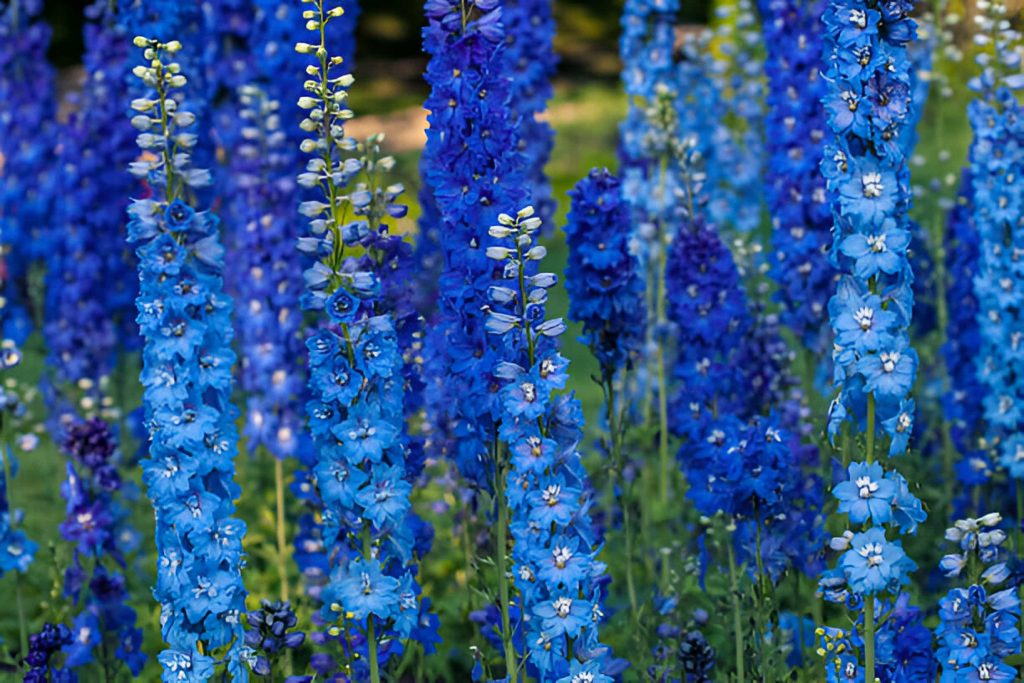
Delphiniums, with their majestic spires of vibrant blooms, are a quintessential element of the cottage garden aesthetic. To ensure these perennials not only survive but thrive, proper cutting back and propagation techniques are essential. This article will guide you through the process of pruning delphiniums for enhanced flowering and healthier plants, as well as propagating them from cuttings to expand your floral display. Here’s how to cut back delphinium to encourage more flowers:
When and How to Cut Back Delphinium?
Pruning is a critical step in maintaining the health and beauty of your delphiniums. It encourages a second bloom and prevents disease spread. Here’s how to do it effectively:
After the First Bloom

When to cut back delphinium? Once the initial flowering period ends, usually in early summer, cut the entire plant back to ground level. This may seem drastic, but it stimulates the plant to produce new shoots that can flower in the autumn.
Encouraging a Second Flowering
Keep the cutback plant well-watered and wait for new growth. With the right care, you can expect a second display of flowers later in the season.
Preparing for Winter
Cutting back delphiniums for winter; as fall approaches and the foliage begins to die back, give your delphiniums a final haircut before winter arrives.
Preventing Disease
A final cut before winter helps to prevent disease by removing any potentially infected plant material.
Also Read: 7 Easy Steps to Propagate Alstroemeria from Cuttings
How to Propagate Delphiniums From Cuttings?

Propagating delphiniums from cuttings is a budget-friendly way to multiply your favorite varieties and ensure a garden full of color. Here’s a step-by-step guide:
Timing
The best time to take cuttings is in spring when new shoots are about 3 inches tall or after the first summer flowering when the plant starts to regrow4.
Taking Cuttings
Select young stems and cut them close to the base, including some of the hard brown callus material found there, which aids in root formation4.
Rooting
Dip the cut ends in raw honey or rooting hormone, then plant them in a mix of potting soil and sand. Cover with a plastic bag and place in a bright area, but not in direct sunlight.
Transplanting
Once roots have developed, transplant the cuttings to your garden, ensuring they have enough space to grow.
Also Read: How to Care for Cut Tulips? Make Them Last Longer?
